
Creating equitable workplaces is highly valued in the current changing business atmosphere, especially as organisations increasingly realise how inclusivity influences culture and productivity. According to a McKinsey report, companies in the top quartile for gender diversity on executive teams were 25% more likely to have above-average profitability, emphasising the tangible benefits of equity in the workplace.
This article explores workplace equity, what distinguishes it from equality, its benefits, a step-by-step action plan on how to implement it, and measurement techniques that will enable HR professionals to develop an equitable setting.
Workplace equity is the encouragement of fairness, equal access to opportunities and the development of an environment in which all employees can perform productively without being at disadvantage in relation to systemic barriers or biases.
Equity transcends equal opportunity, which provides equal resources for all. Equity focuses on employees' different needs, circumstances, and challenges. It assures support in different ways and removes obstacles that guarantee what an individual needs to be successful.
Workplace equity is basically a promise to do the following:
By valuing equity, organisations create an environment where everyone in the organisation will be respected, equipped, and enabled to contribute at their best with high employee retention and organisational success.
Equity and equality sound exactly the same, but they are far from synonymous. Here are some key differences-
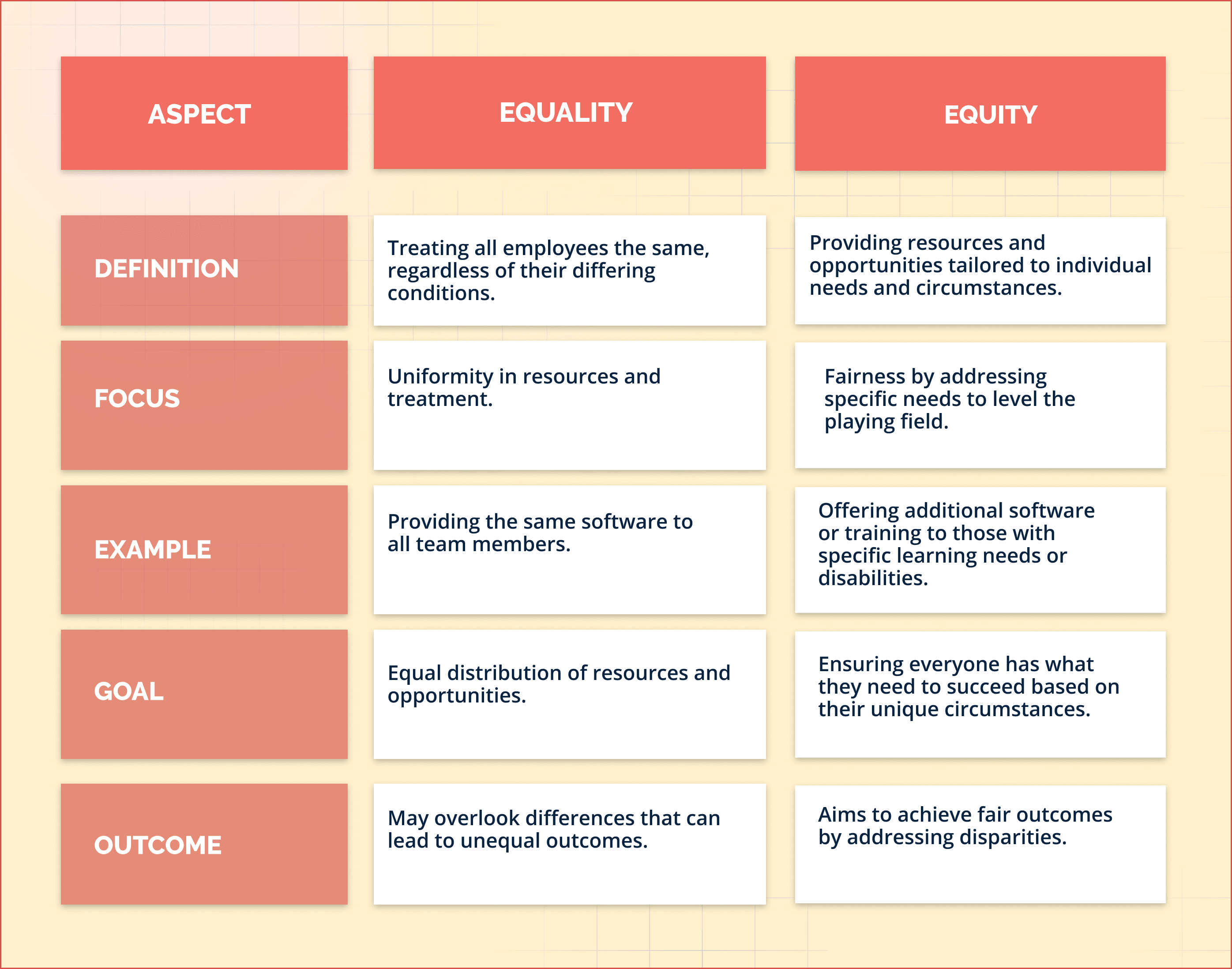
DEI is an approach that focuses on building respect for differences, fair treatment, and respect for every voice. This framework stimulates the environment to support diversity, ensure equity practice, and promote inclusion at all levels in the organisation.
Here is a closer look at the three main components:
Diversity refers to the presence of diverse demographics, backgrounds, and perspectives in the workplace. It includes race, gender, age, ethnicity, disability, religion, sexual orientation, and many more. It identifies and celebrates differences.
Equity: Since equity encompasses both equal treatment and the elimination of systemic inequalities, it ensures that every employee is provided with all the necessary resources and opportunities and support to excel.
Inclusion: Incorporates everything- creating a welcome, inclusive, and listening environment for all the employees. Everyone has a chance to contribute and gets noticed in a workplace, therefore belonging.
Therefore, a strong structure of DEI would enable the heads of HR to create an environment where every employee is valued at work, engaged, and motivated.
Equity plays a critical role in driving organisational success and enhancing employee well-being. Studies show that workplaces that focus on increasing the diversity of their leadership teams through equity result in greater innovation and increased financial performance.
Research underscores the transformative impact of equitable workplaces:
Equity promotes a healthful work culture, and employees are made to feel valued and motivated. This drives organisational performance.
For example, it might make sense to have an employee resource group for Black employees but not White employees.
Incorporating equity in organisational daily practices and policies is the only way to ensure a fair workplace.
Equitable approaches include:
Equity in practice is listening carefully to employees, understanding the diversity in challenges they face, and proactively adjusting organisational policies to answer them.
Creating equity in an organisation is a thoughtful process and should involve commitment from the organisational leadership. In terms of embedding equity into the framework of a company, HR professionals play out a role in the following ways:
The issue that the leaders of HR need to work on is establishing a Workplace Equity Plan that will align organisational goals with fair practices. The plan should entail measurable objectives, regular assessments, and feedback mechanisms for accountability and continued improvement.
In an organisation that has equity written into its very core systems and its organisational culture, businesses create a very supportive and thriving environment for all employees.
Other studies similarly revealed that gender diversity and racial diversity contributed to greater financial gains in companies that prioritised innovation.
Examples of equity in action include the following:
Measuring equity will involve -
Only consistent involvement combined with reassessment will ultimately lead to the success of equity programs. The future will depend on Human Resources standing fast, watching for new and innovative ideas in the arenas, and contributing to a positive impact or change of culture toward an adaptive workplace. Only through such action will the varying needs of employees be satisfied and equal treatment among them be encouraged within an organisation towards a successful future.
CompUp boasts of a strong platform with the capacity to assist HR leaders in the implementation and also monitoring of equity efforts.
Here is how CompUp can make your DEI process easier and stronger:
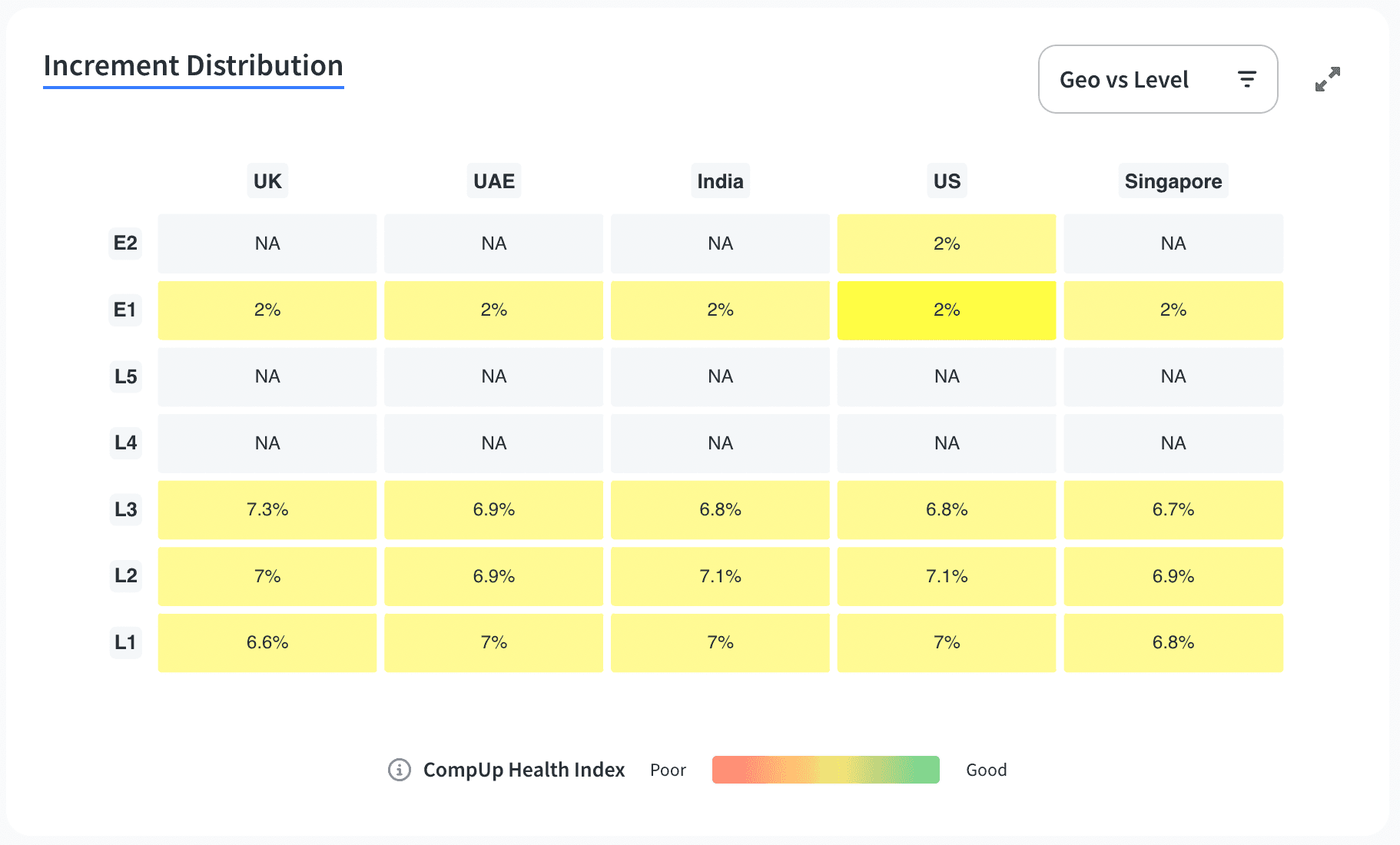
Data-Driven Pay Audits: It has automated pay analysis, tracing equity in compensation and eliminating pay gaps so you can have fair reward structures.
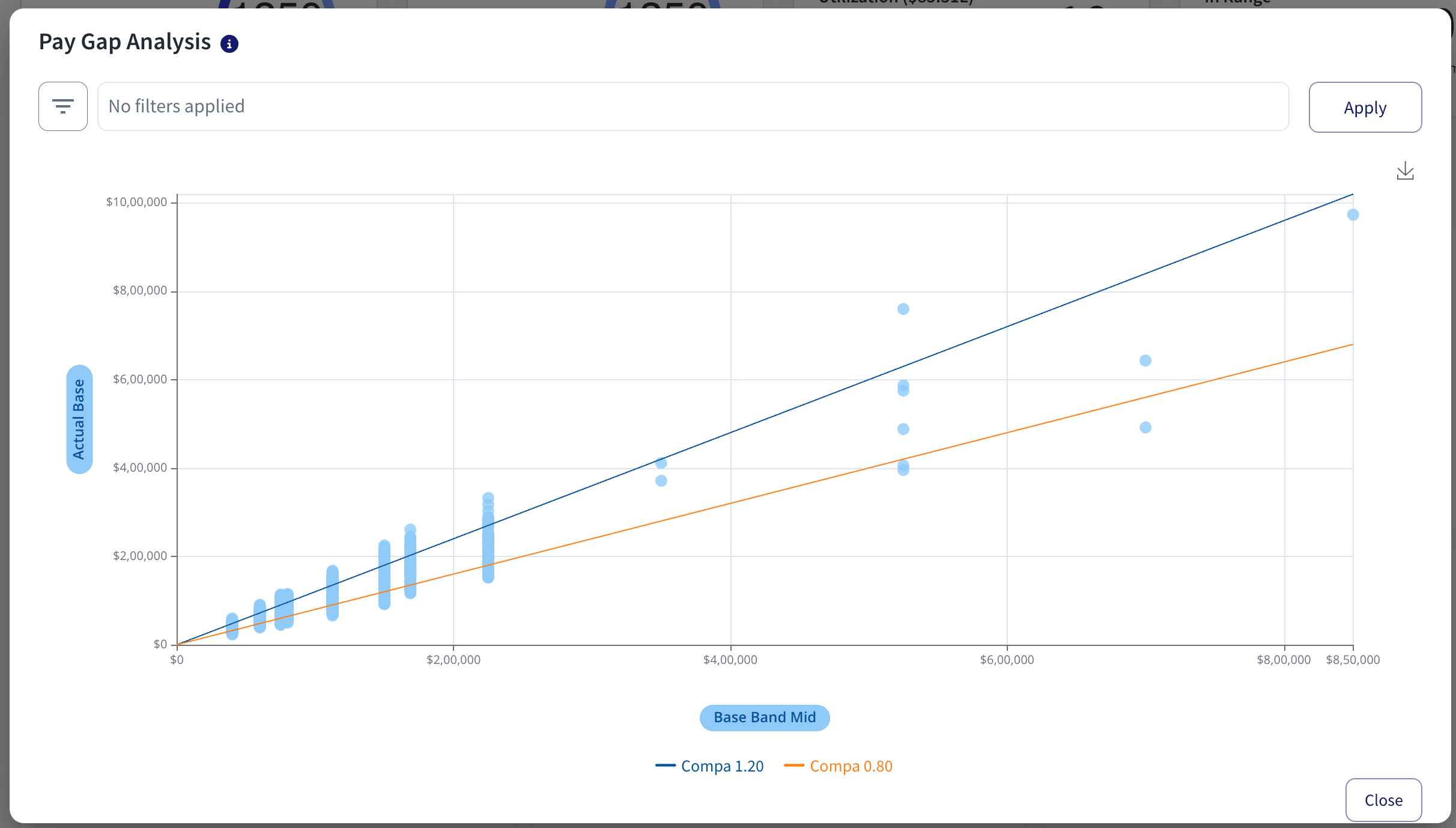
Track Employee Sentiment in Real-time with Engagement Surveys: The tracks employee sentiment and measures the impact over time using real-time engagement surveys.
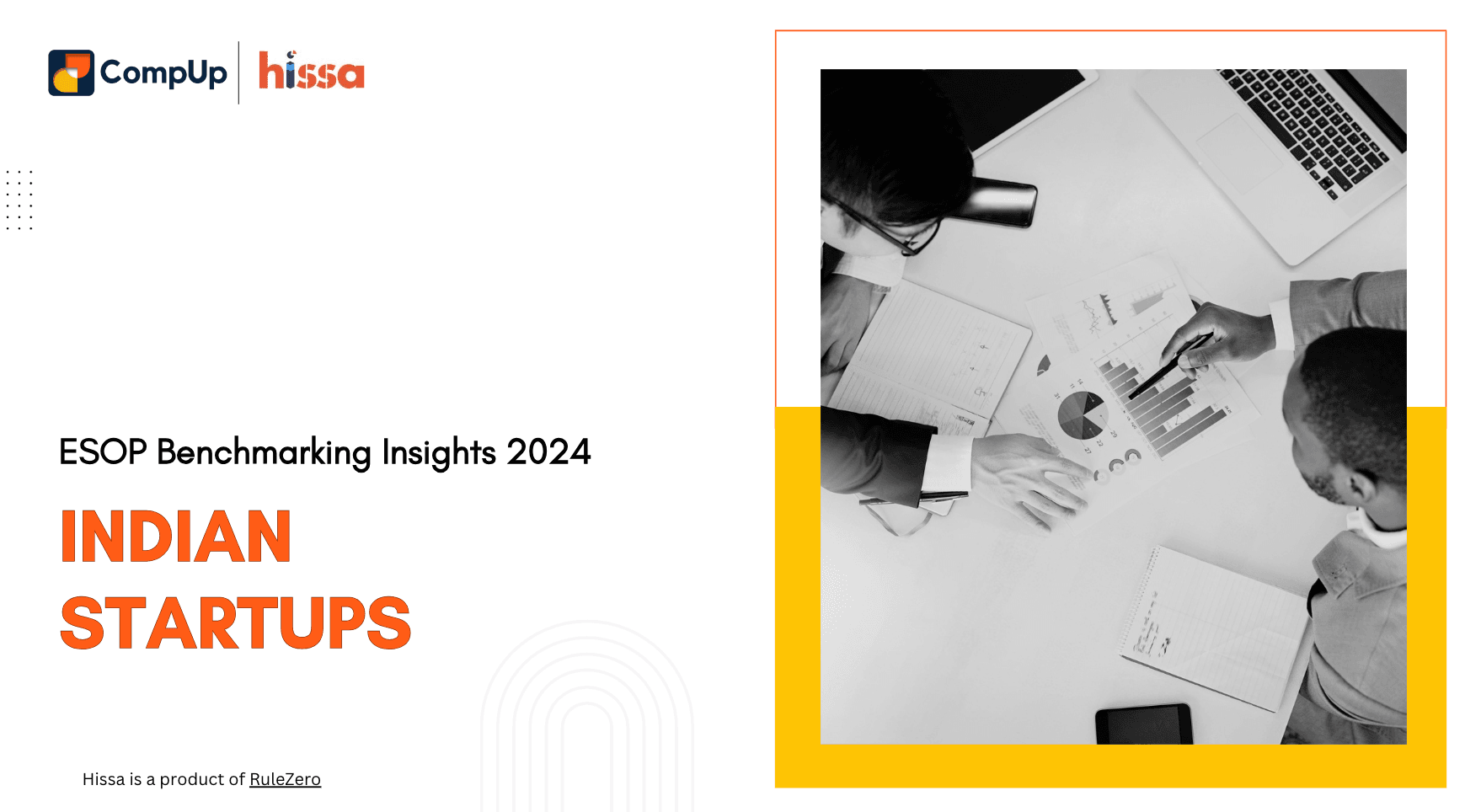
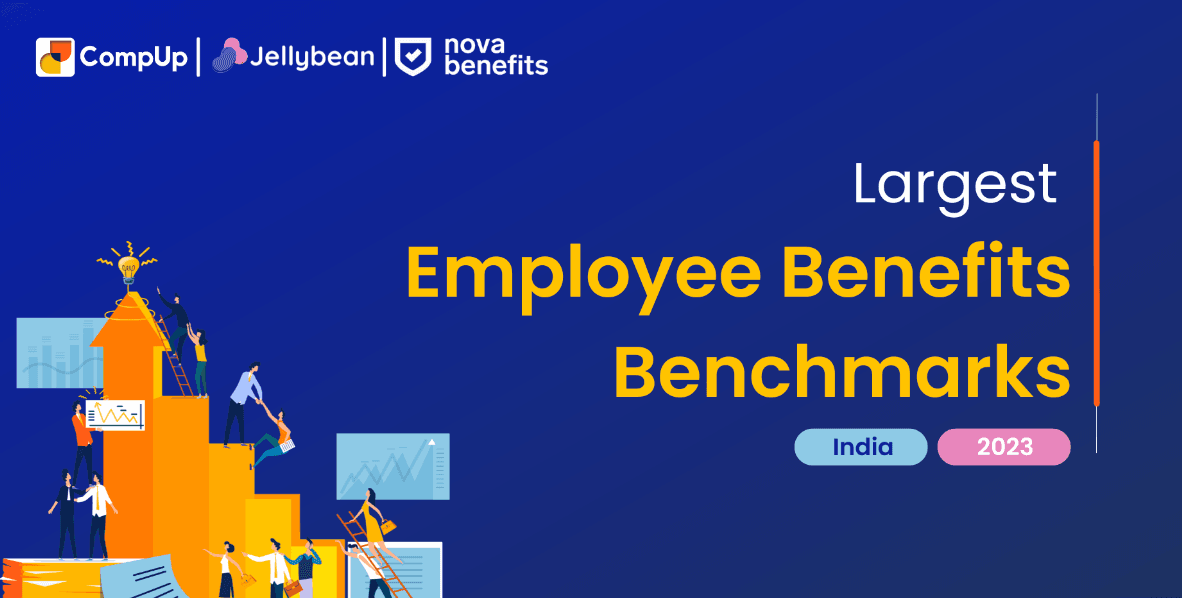
CompUp is your fierce ally in building and maintaining employee equity, for a culture that advances and empowers every member of your organisation.
Making equity work is a never-ending process that will benefit everyone. It involves nurturing an environment that is not only open but fair and offers the opportunity for organisations to support their employees with the capacity to position themselves as modern workplace leaders.
This guide provides actionable information for HR professionals and practitioners who are interested in creating equitable and inclusive workplaces. Adopting and measuring steps and progress is how you can build on the culture of valuing and uplifting everyone.
Since equity has become a business imperative, HR leaders can build for ever by making fair and inclusive practices. CompUp can help at all steps in the process-right from assessment all the way through implementation and after that.
If you are prepared to take your equity strategy to the next level, book a demo with CompUp today and find out how we can help you build a workplace of growth for all.
Community Manager (Marketing)
As a Community Manager, I’m passionate about fostering collaboration and knowledge sharing among professionals in compensation management and total rewards. I develop engaging content that simplifies complex topics, empowering others to excel and aim to drive collective growth through insight and connection.
Revolutionizing Pay Strategies: Don't Miss Our Latest Blogs on Compensation Benchmarking